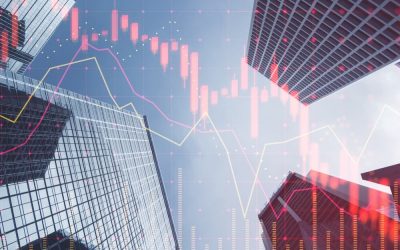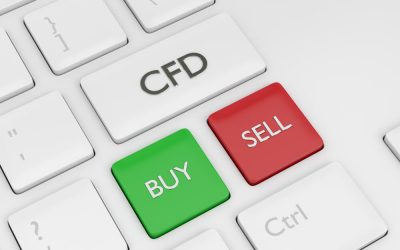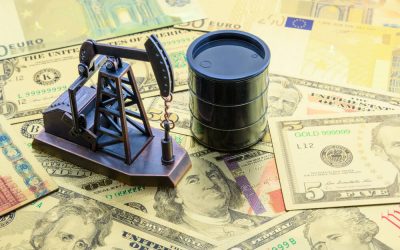Fundamental analysis
Not so long ago, we talked about the basics of technical analysis and its applications. Today’s article is devoted to another type of market analysis – fundamental analysis. Without further ado, let’s get to the point. To put in simple, fundamental analysis is the process of evaluating the true value of an asset by analysing the factors that could influence its price in the future. This method helps traders understand how attractive the currency or the issuer is.

Fundamental analysis studies anything that can influence the asset’s value – the state of the country’s economy, industry conditions, financial well-being of the issuer and even small factors like the effectiveness of the company’s management.
Any report, release or publication that indicates a strong positive or negative trend can become a signal to enter the market. What important factors to look at when conducting fundamental analysis? First of all, the analyst should examine the rate of inflation, evaluate the country’s monetary policy, paying attention to interest rates, GDP and business activity indices in various sectors and industries.
Usually, if the release is positive, the price moves in an upward direction and vice versa. However, this is not always the case. Sometimes, the report turns out worse than expected, but the price still moves up. Fundamental analysis doesn’t provide a 100% accuracy. It should be used in conjunction with other market analysis tools.
Weaknesses of fundamental analysis
- Fundamental analysis doesn’t take into account many important factors, which may affect market dynamics. As we have mentioned before, the prices can move completely contrary to the analysts’ forecasts. Besides, fundamental analysis doesn’t work well during crisis and changes in global trends.
- It can’t predict the strength of the trend.
- It requires deep knowledge and understanding of finance and economy. Average traders only use the economic calendar to determine the state of the chosen trading instrument, which in most cases is not enough.
Application
To see the bigger picture, a trader is recommended to use a combination of technical and fundamental analyses. Using fundamental analysis, you’ll be able to see what is currently happening with the country’s economy, or how the company is doing, while technical analysis will let you know when to open a trade.
Many countries are now lifting quarantine measures after the COVID-19 pandemic. For the first time in recent months, business activity indicators in Europe have shown improvement. The overall picture is turning positive, which means increased cash flows for risky assets such as the euro, the pound sterling and oil. At the same time, the US economy is still closed, and the main indices remain in the red zone, which causes excessive pressure on the US currency. Therefore, the fundamental analysis suggests that now is a good time to buy the euro.

When the overall picture is clear, conduct technical analysis to identify specific entry and exit points. To do that, pay attention to support and resistance levels, price channels, overbought and oversold zones. As you can see, both of these methods of market analysis complement each other and provide a more accurate market outlook, which in turn, allows to make a more precise projection.
If you like our articles, follow us on Facebook and Instagram. Stay tuned for more interesting posts on our blog. We post new material several times a week.






